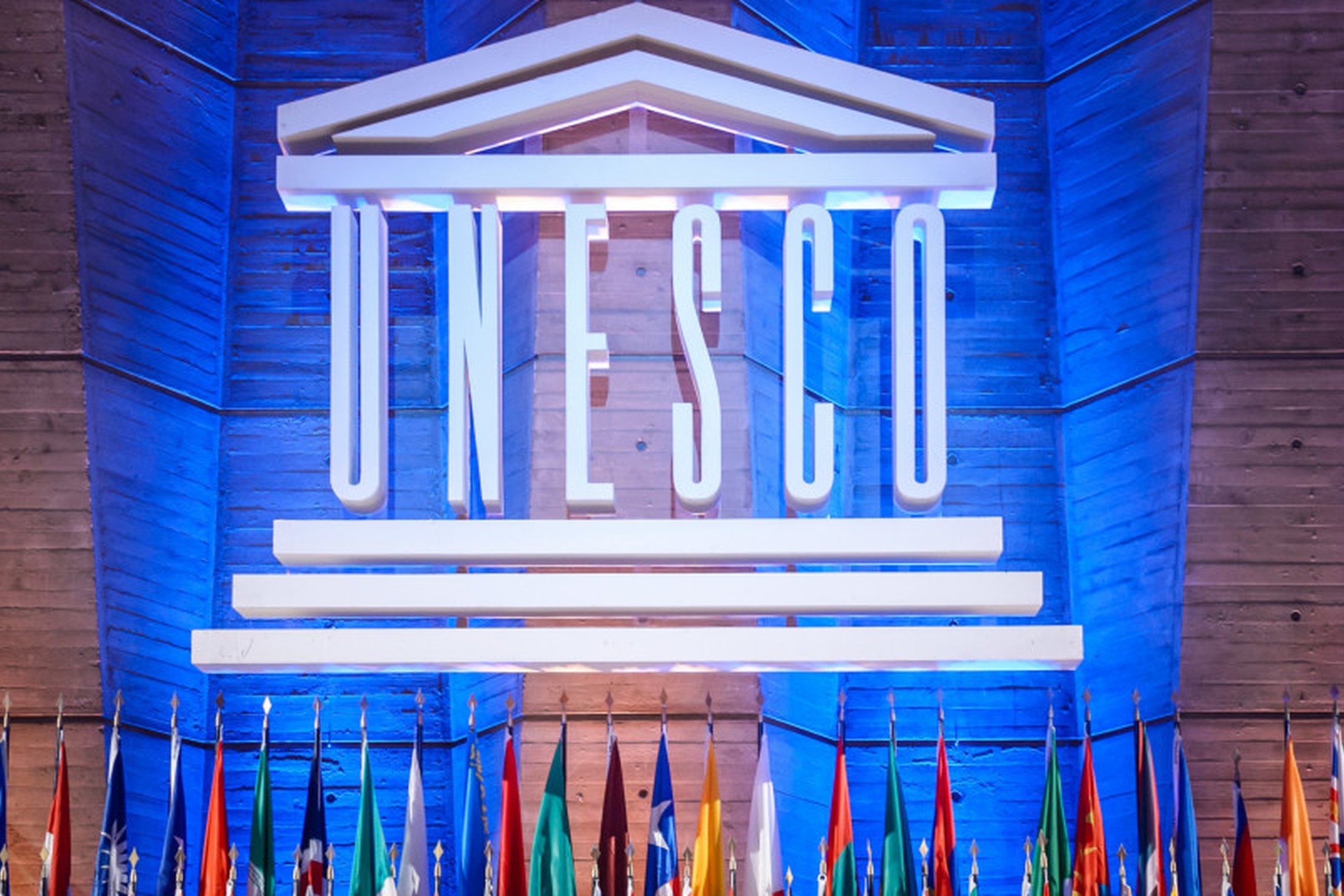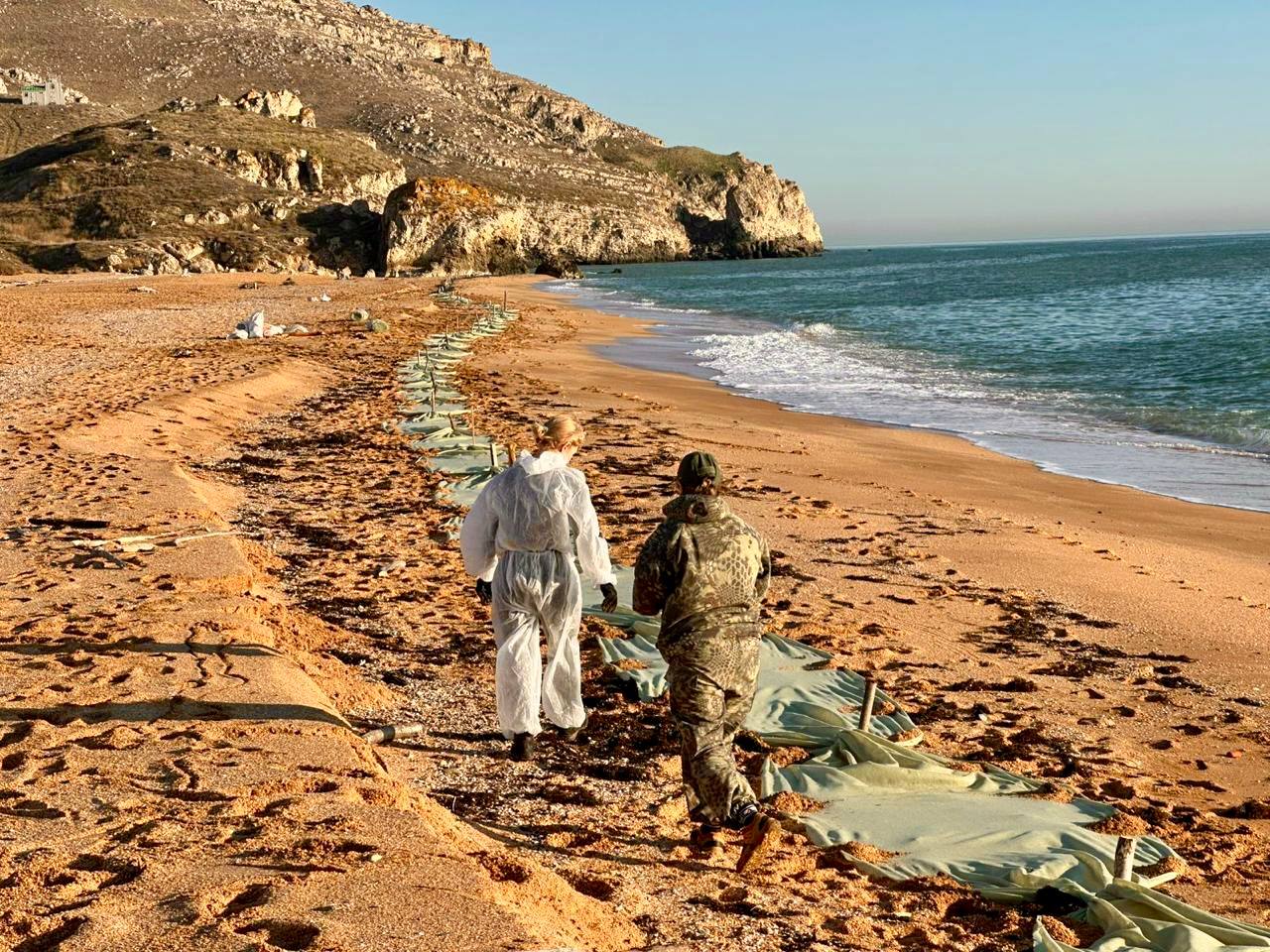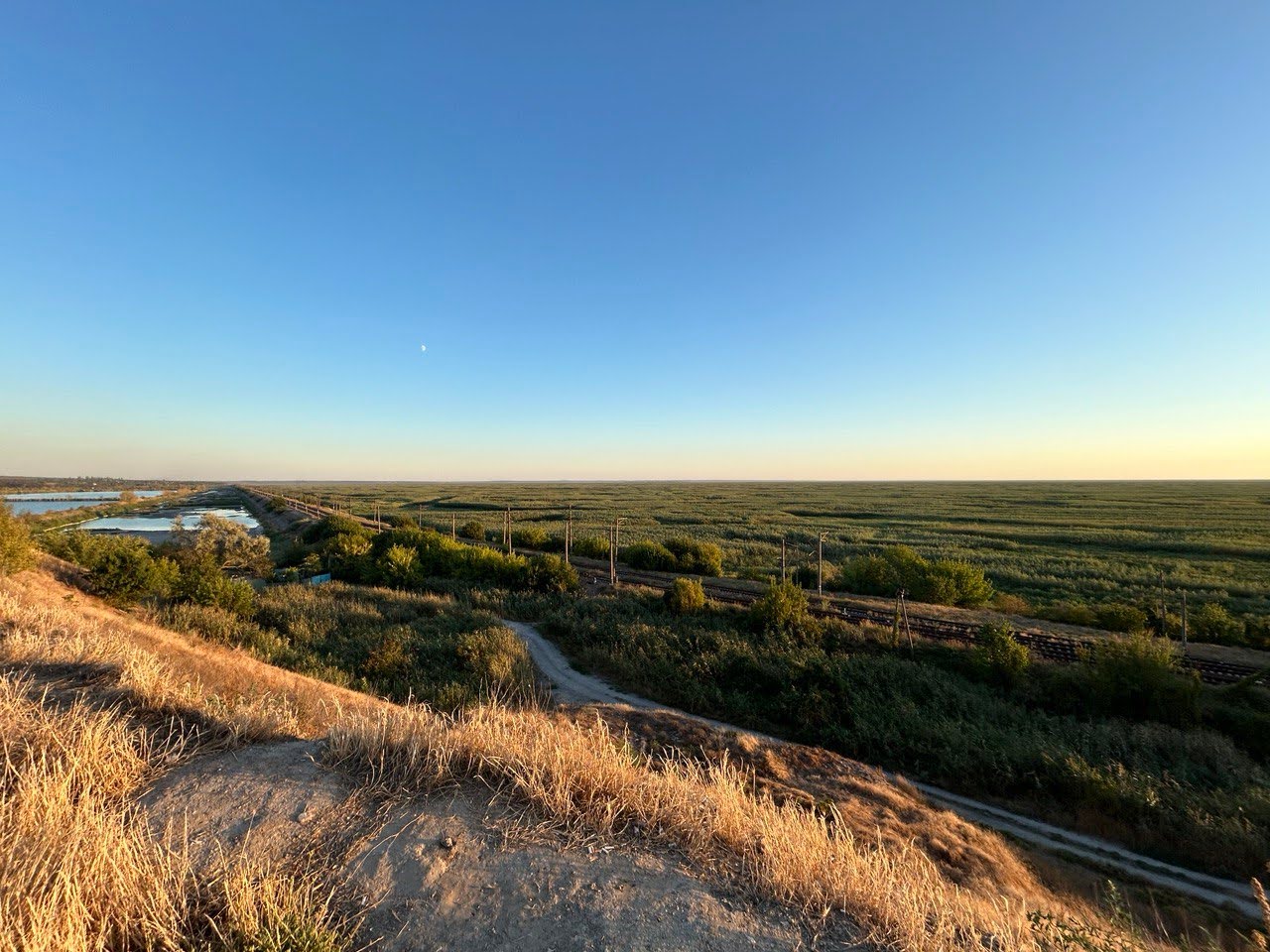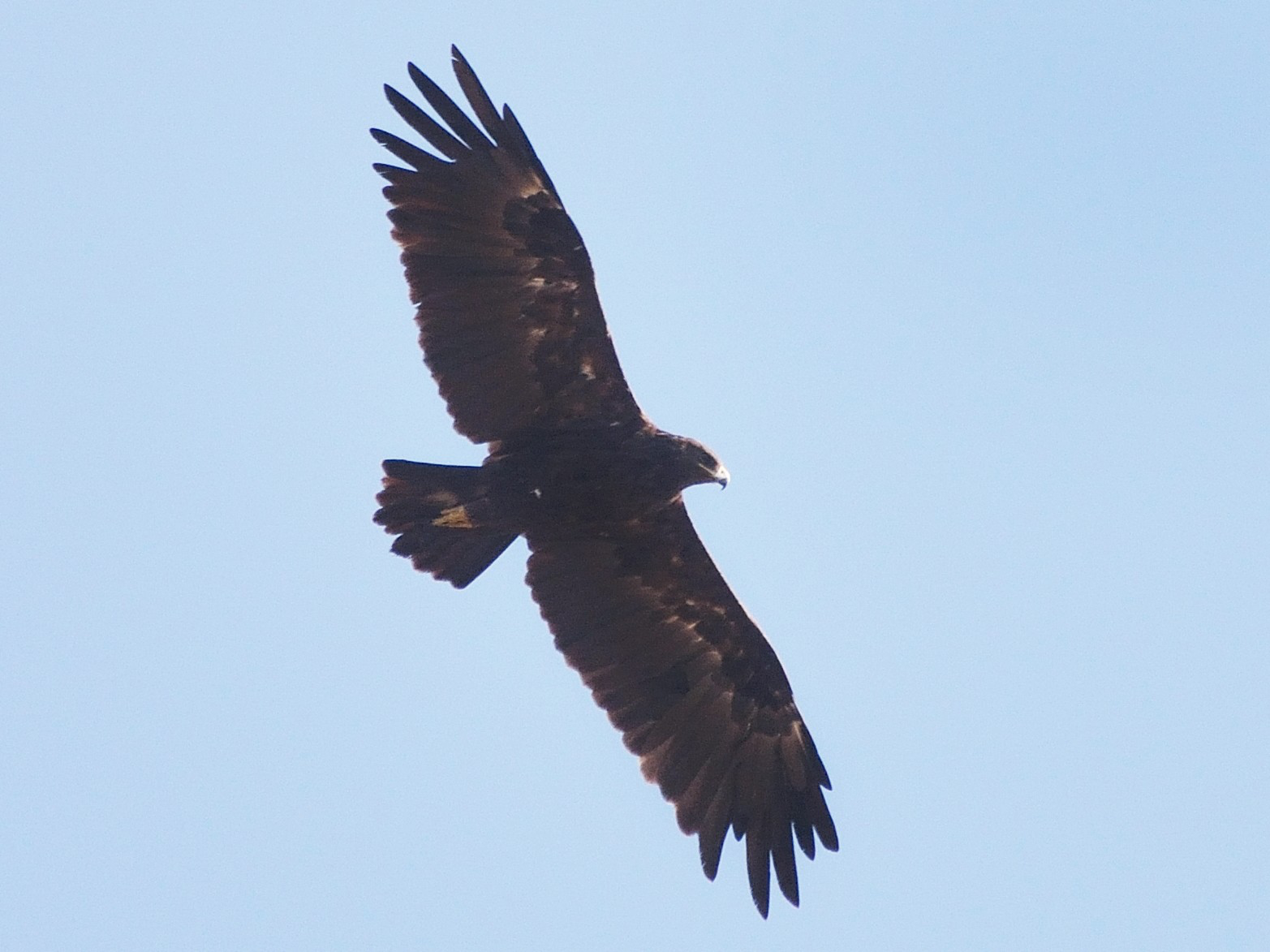Eugene Simonov
New Delhi, India played host to the 46th session of the UNESCO World Heritage Committee on July 21–31, and our expert Eugene Simonov was there to report on proceedings for UWEC.
In a sense, this year’s event dispelled rumors and fears that the World Heritage summit would become yet another victim of global geopolitical rifts, as seemed likely two years ago when the 45th session in Kazan, Russia was postponed following Russia’s full-scale invasion of Ukraine. As a result, the committee struggled to cope with a doubled workload at last year’s summit in Saudi Arabia.
Read about the 45th Session: UNESCO condemns construction of border fences
The Ukrainian question
The 46th session was relatively constructive and accomplished all its tasks without any particular hiccups or scandals. Nonetheless, the behavior of the respective committee members – the UNESCO World Heritage Committee is made up of 21 countries, each delegated the right to make decisions for a period of four years – was strongly influenced by their own political sympathies and antipathies.
Naturally, the ongoing Russian aggression in Ukraine and the far-reaching consequences of the conflict could not but affect the course of the meetings and the various decisions taken. Last year, Russia’s term as a committee member expired and Ukraine stepped into the vacancy.
The first days of the session were marked by tension as those in attendance awaited the report on three Ukrainian sites included on the World Heritage in Danger list due to military threats. While Kyiv’s St. Sophia Cathedral and Lviv’s historic center were awarded UNESCO World Heritage status in the last century, the last of the three sites – the historical center of Odesa – was urgently inscribed directly to the World Heritage in Danger list at an extraordinary session of UNESCO in January 2023 – a move that drew vehement criticism from Russia.
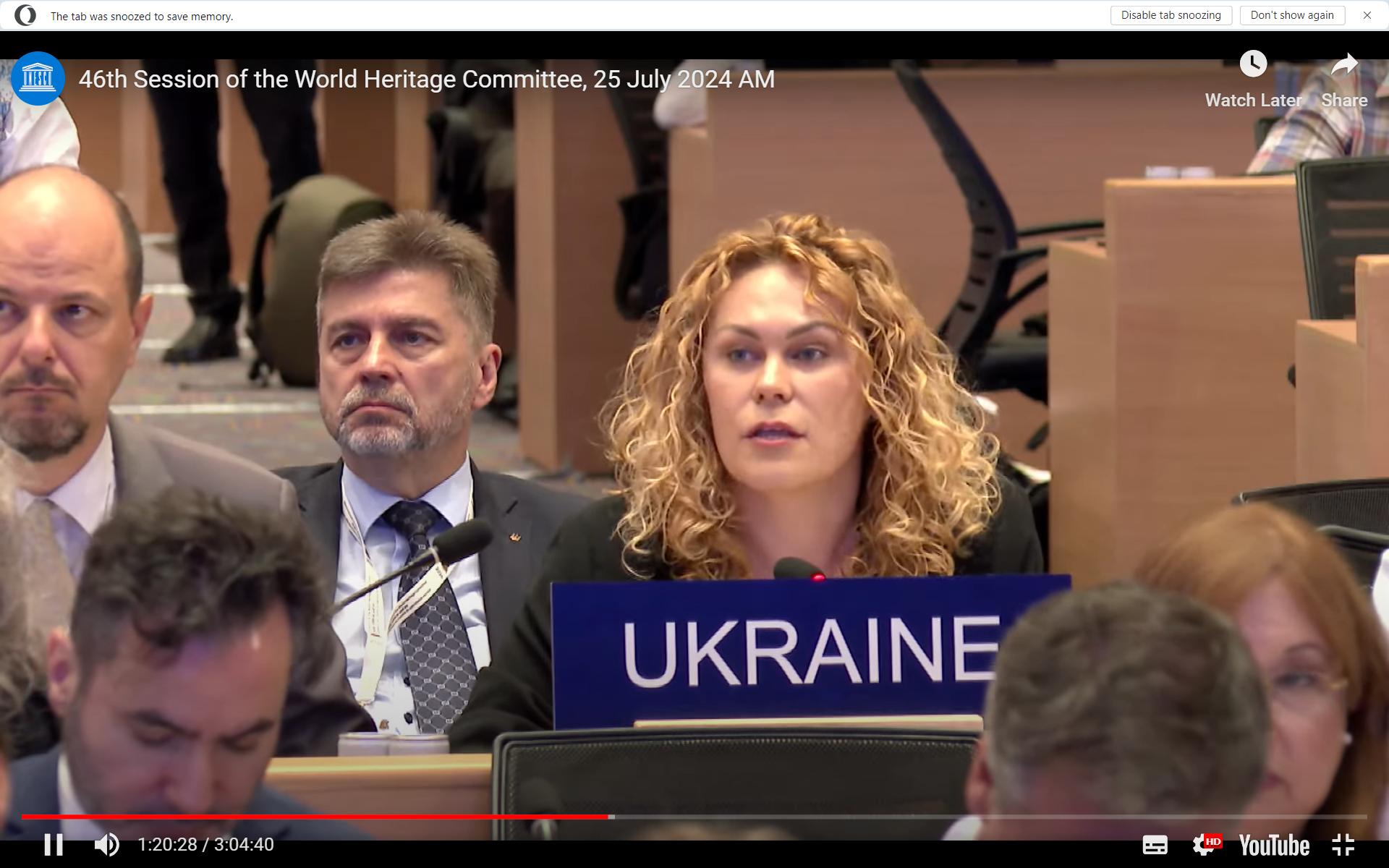
All three sites are under UNESCO’s priority control, and considerable funds have been allocated for their preservation, but the UNESCO mission has not yet been able to visit the sites due to the high degree of danger from shelling. “In the second half of 2023, the Russian Federation launched five large-scale missile and drone strikes on the historic center of Odesa, damaging about 100 cultural heritage sites both within the heritage site and in its buffer zone,” notes the World Heritage Center’s report after Odesa was included in the list.
Amendments to the draft decisions come down to the question of whether to name the aggressor or limit themselves to impersonal pronouns, regarding some “nameless dark forces” that, in the committee’s opinion, should “refrain from damaging Ukraine’s heritage sites.” Russia’s allies on the committee insisted on removing any mention of the aggressor country from all three decisions, while Ukraine demanded that the decisions clearly indicate that it is Russia that must refrain from damaging both specific monuments and Ukraine’s cultural heritage as a whole.
The committee members demanded a secret vote, which resulted in wording that clearly explained which aggressor country is asked to refrain from causing direct and indirect damage to Ukraine’s cultural heritage, which the Ukrainian Foreign Ministry saw as a major diplomatic victory. Unfortunately, the decision does not mention natural heritage.
Meanwhile, Russia continues to appropriate Ukraine’s natural heritage in the occupied territories, particularly the Askania-Nova Reserve, which is on the World Heritage “Tentative list.”
In an interview with Kedr-Media the head of the Department of Protected Areas of the Ministry of Natural Resources of Russia, Irina Makanova, reported that: “A draft decree on the creation of the Pfalz-Fein Askania-Nova Nature Reserve has been submitted to the government of the Russian Federation for consideration. The planned area is about 33,500 hectares. The reserve is being created in the Kherson region to preserve natural complexes in the Black Sea steppe region, including virgin steppes with diverse flora and fauna…”
The fact that the reserve has already existed successfully for more than 100 years is of no interest to Makanova, who urgently needs to report on a national project titled “Ecology”, the aim of which is the creation of 24 protected areas in five years. Askania-Nova merely happens to be a convenient 24th site with which to complete the report.
Read more: Fires in Askania-Nova: Consequences of military occupation of a reserve
Russia’s precious lake again under threat
The decisions to name Russia as damage-inflicting aggressor should rightfully be cheered. They could, however, open a Pandora’s box for UNESCO, allowing any country involved in any conflict to use the decisions of the convention to apply pressure to enemies. And there are enough conflicts between the 196 country-signatories to the World Heritage Convention to fill three annual Committee sessions with bickering.
Meanwhile, it is becoming increasingly difficult to effectively carry out monitoring of the preservation of heritage sites. The World Heritage Committee is making more and more decisions: every year its members enthusiastically add a dozen or so sites to the heritage list, often ignoring the recommendations of UNESCO advisers to delay adding sites to the list until mechanisms for their protection have been finalized.
As a result, the number of problems identified in the course of monitoring sites already accepted on the list is also naturally growing, as are accordingly the number of conflicts that the Сommittee also must resolve when considering reports on the protection of sites. The Сommittee is now in a position in which even if it meets for three weeks, it will not have enough time to discuss each report.
At this session in India, decisions on more than 100 sites were therefore proposed to be adopted without face-to-face discussion – for the umpteenth time in a row – simply in the form prepared by the UNESCO World Heritage Center, whose experts have (deservedly) great authority.
Russia’s long-suffering Lake Baikal, which is reviewed in almost every session, was once again included in the list of decisions to be adopted without discussion. The key thesis was to prevent amendments to the country’s “Law on the Protection of Lake Baikal,” that could potentially open the way to the massive development of tourist sites in natural areas along the lake’s shores. It is worth recalling here that Putin recently approved a domestic tourism development project titled Five Seas and Lake Baikal, the aim of which is to increase vacation opportunities for Russians, who have lost access to a significant number of foreign resorts since the beginning of the war.
Read more: Lake Baikal at War
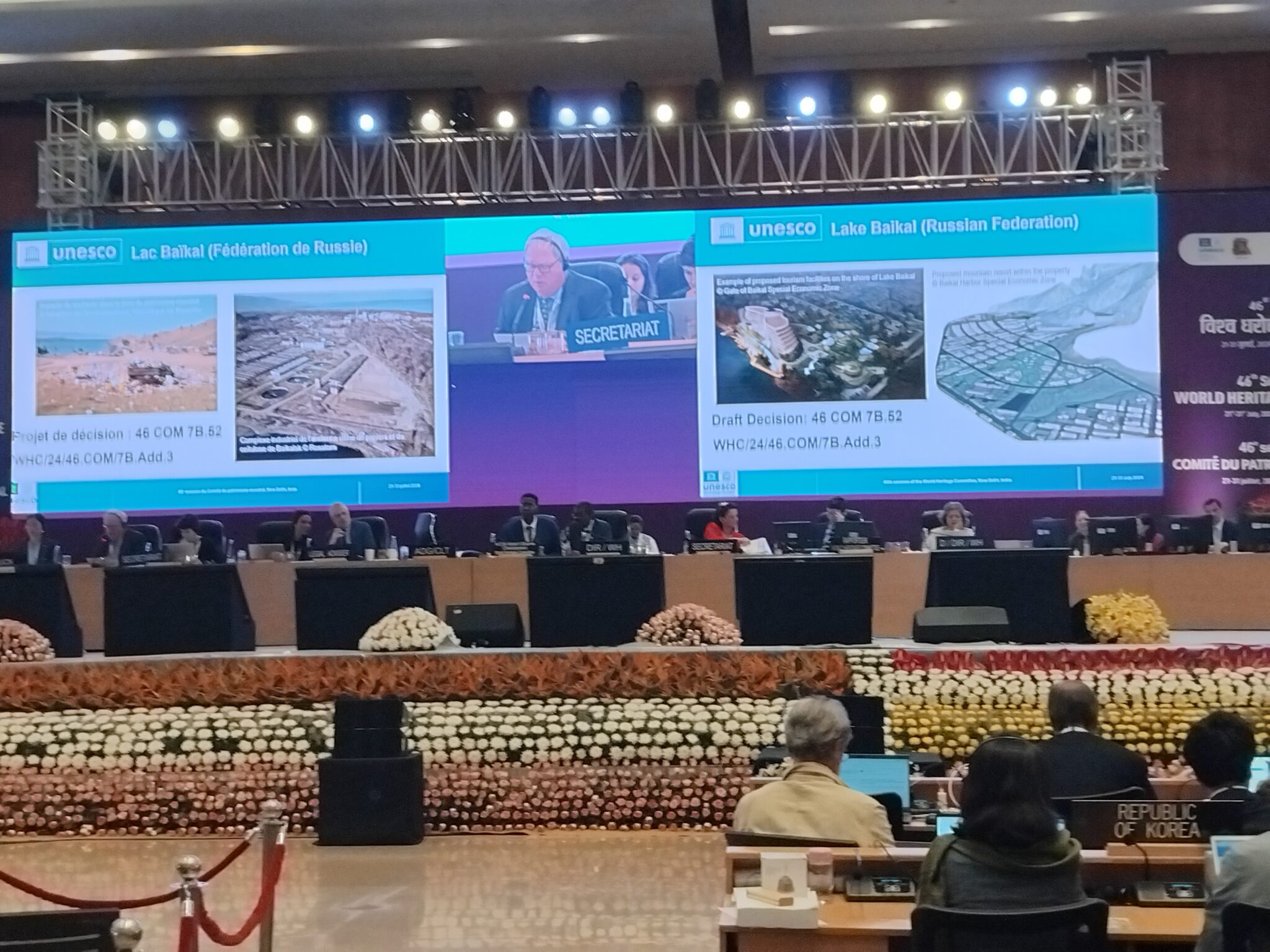
The UNESCO World Heritage Committee would have rubber-stamped this proposed decision without discussion if Russian agencies had played by the rules and followed the procedures prescribed by the UNESCO Convention. But a month and a half before the UNESCO Committee meeting, the Russian Ministry of Natural Resources and the Environment issued a draft government resolution on expanding the permissible range of fluctuations in the level of Lake Baikal from one to two-and-a-half meters.
Limiting fluctuations in the water level is the most important part of the legislation adopted after Lake Baikal was included in the World Heritage List. It is intended to protect the lake, which is also a reservoir for the Irkutsk hydropower plant (HPP), from excessive exploitation by HPPs and from being used as a flood-control reservoir. Since the level of Lake Baikal has already been raised a meter above its natural level after construction of the hydroelectric dam, further raising it will lead to active erosion of the lake’s shores and destruction of shoreline ecosystems, as well as soil washout, resulting in increased eutrophication (an increase in nutrient enrichment leading to a growth in algal blooms and other organisms that reduces the water’s oxygen content, threatening aquatic fauna).
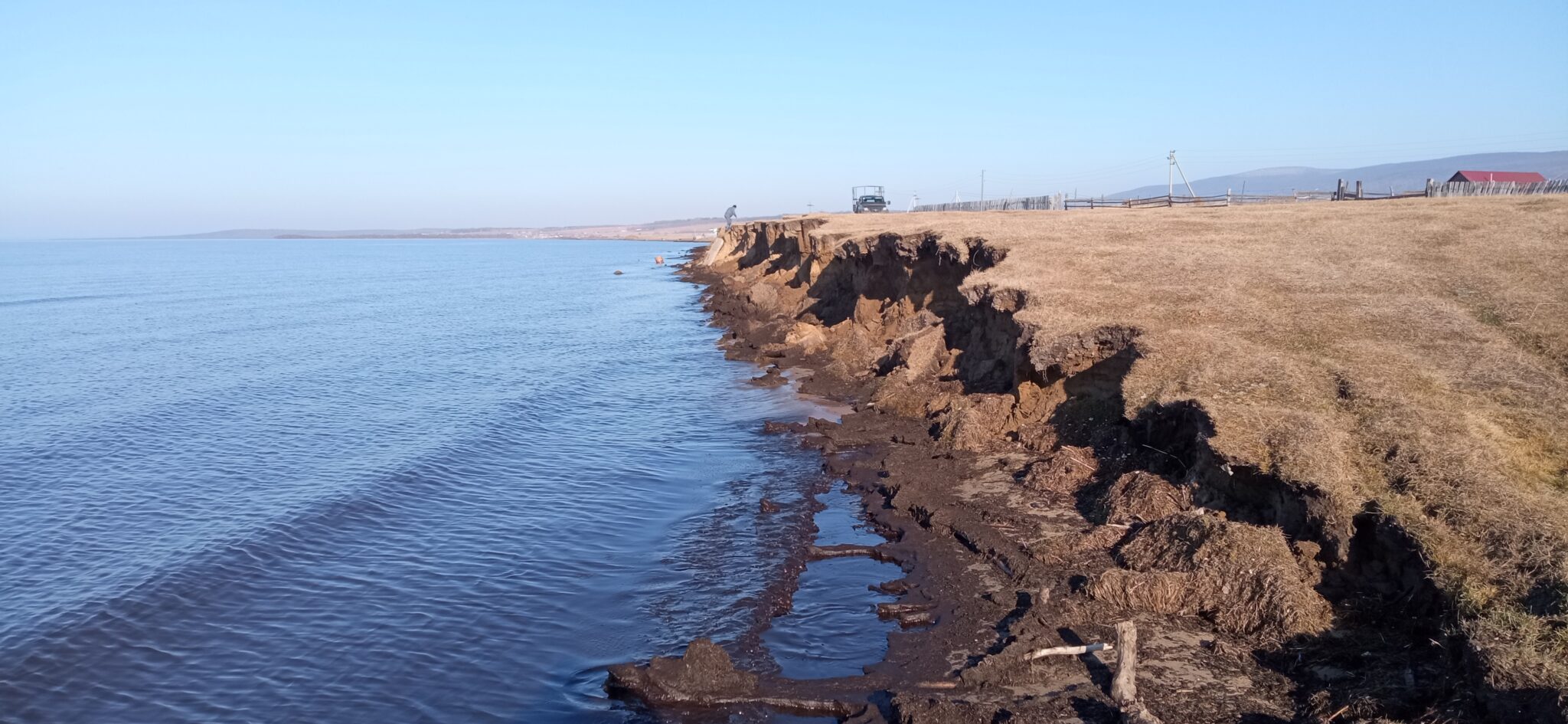
It was thought that the Russian government would adopt a new resolution in August 2024. In a discussion with the resolution’s opponents, the Ministry of Natural Resources and the Environment said that since the Heritage Committee’s draft resolution does not directly state that Russia should not make such a dangerous decision (to alter water levels) without it first being reviewed by UNESCO bodies, the Russian government has the right to adopt any legislation it likes, whenever it likes. In fact, the Guidelines of the Convention state the opposite, but not everyone in the Ministry read them, just as they refused to take into account that at least six previous decisions issued by the Committee since 2016 clearly warned Russia against weakening the rules for managing the water resources of Lake Baikal.
Therefore, the representatives of environmental NGOs who arrived in New Delhi strongly recommended that members of the UNESCO World Heritage Committee discuss the problem of Lake Baikal in person at the summit in order to add some “magic” words to the text of the resolution warning the Russian Federation against taking any ill-considered steps to change the existing procedure for regulating the lake’s water level until the International Union for Conservation of Nature (IUCN) has reviewed and approved the proposed changes.
All delegations listened to the arguments presented by NGO representatives and gave understanding nods, but since everything related to Russia is perceived as “geopolitical friction” they refused to raise this issue. Up until the last hour of the meeting to review monitoring reports on the preservation of sites, there was no guarantee that Baikal would in fact be discussed.
The Belgian delegation miraculously raised the issue for discussion at the very last moment and the amendments were adopted. Now the Russian Ministry of Natural Resources and the Environment will be unable to claim that it was not warned about the inadmissibility of issuing such regulations without UNESCO approval. Russia will also have to submit its next report on the preservation of Baikal to UNESCO in six months, rather than in one-and-a-half to two years, as previously planned. And in 2026, a new UNESCO and IUCN monitoring mission will go to Baikal “to assess the site’s compliance with the conditions for inclusion on the List of World Heritage in Danger.”
It remains to be hoped that UNESCO’s tough and clear resolution on Baikal will be heard in Russia and that they will not change laws and statutory instruments without discussion with the International Union for Conservation of Nature. In any case, the State Duma session that ended on 31 July did not approve thoroughly pernicious amendments to the “Law on the Protection of Lake Baikal” for a second reading. Which is a good sign.
Białowieża Forest standoff
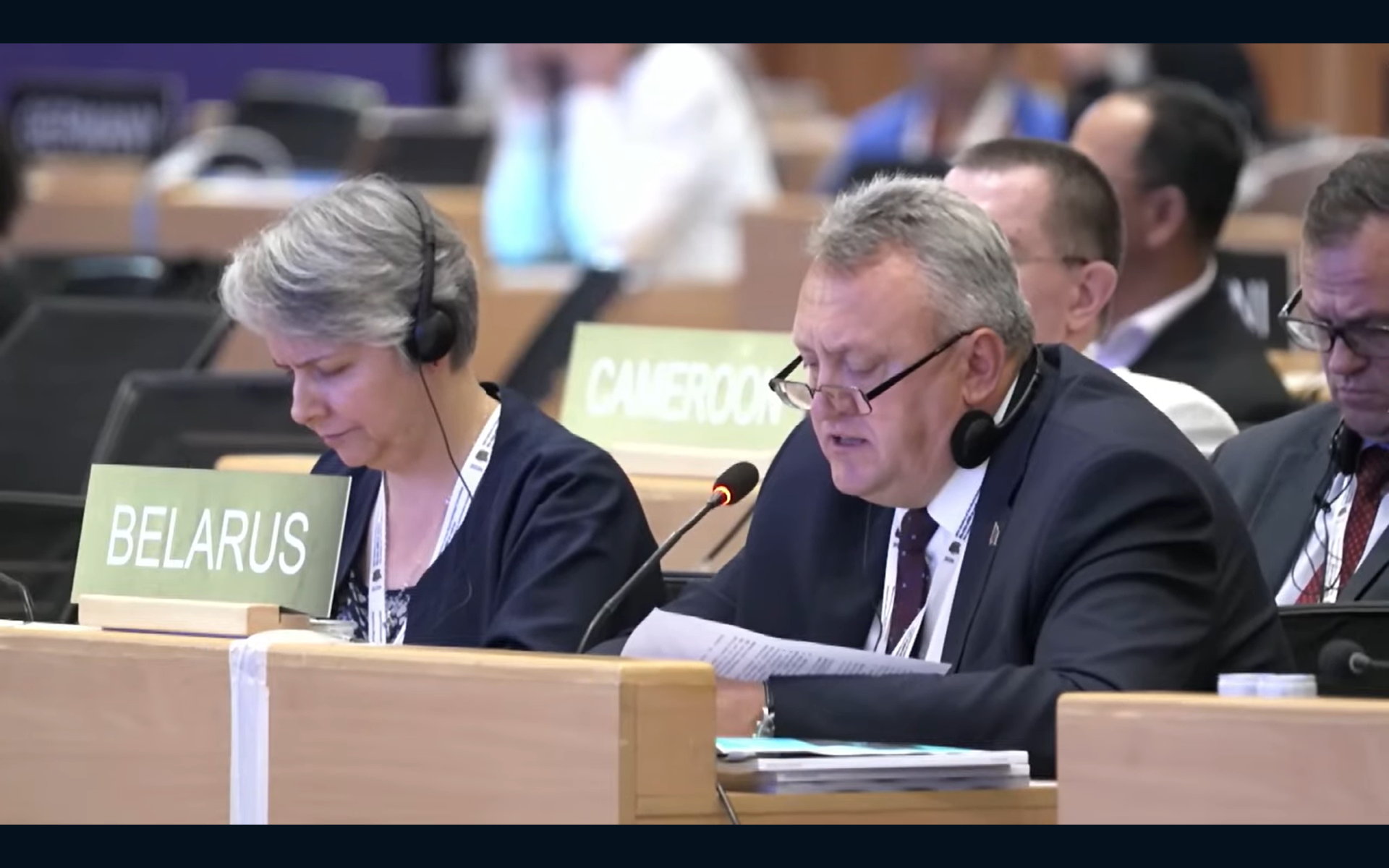
A new resolution on the transboundary Białowieża Forest was adopted without discussion in New Delhi. The Committee “expresses its utmost concern regarding the conclusions of the 2024 joint World Heritage Centre/IUCN Reactive Monitoring mission that the establishment of the border barrier, associated infrastructure and border security operations in the part of the property in Poland, is exacerbating the impacts of the existing barrier in Belarus…, and that the succession of border barrier infrastructure is blocking the majority of wildlife movements and has resulted in a loss of ecological connectivity, which threatens the integrity of the property and its biodiversity values, and … could result in the property meeting the conditions for inscription on the List of World Heritage in Danger in the near future unless decisive urgent actions are taken”.
After the decision, Belarus took the floor and again bitterly complained about Poland’s construction of an “anti-migration” fence. The Polish delegation also didn’t mince words either, again accusing Belarus of maintaining a similar fence on its side since the Soviet era, preventing the migration of animals. Ultimately, neither party said anything cogent about their readiness to implement UNESCO’s recommendations.
Read more: Can the Iron Curtain Be Green? Europe’s nature is being divided by fences and fortifications
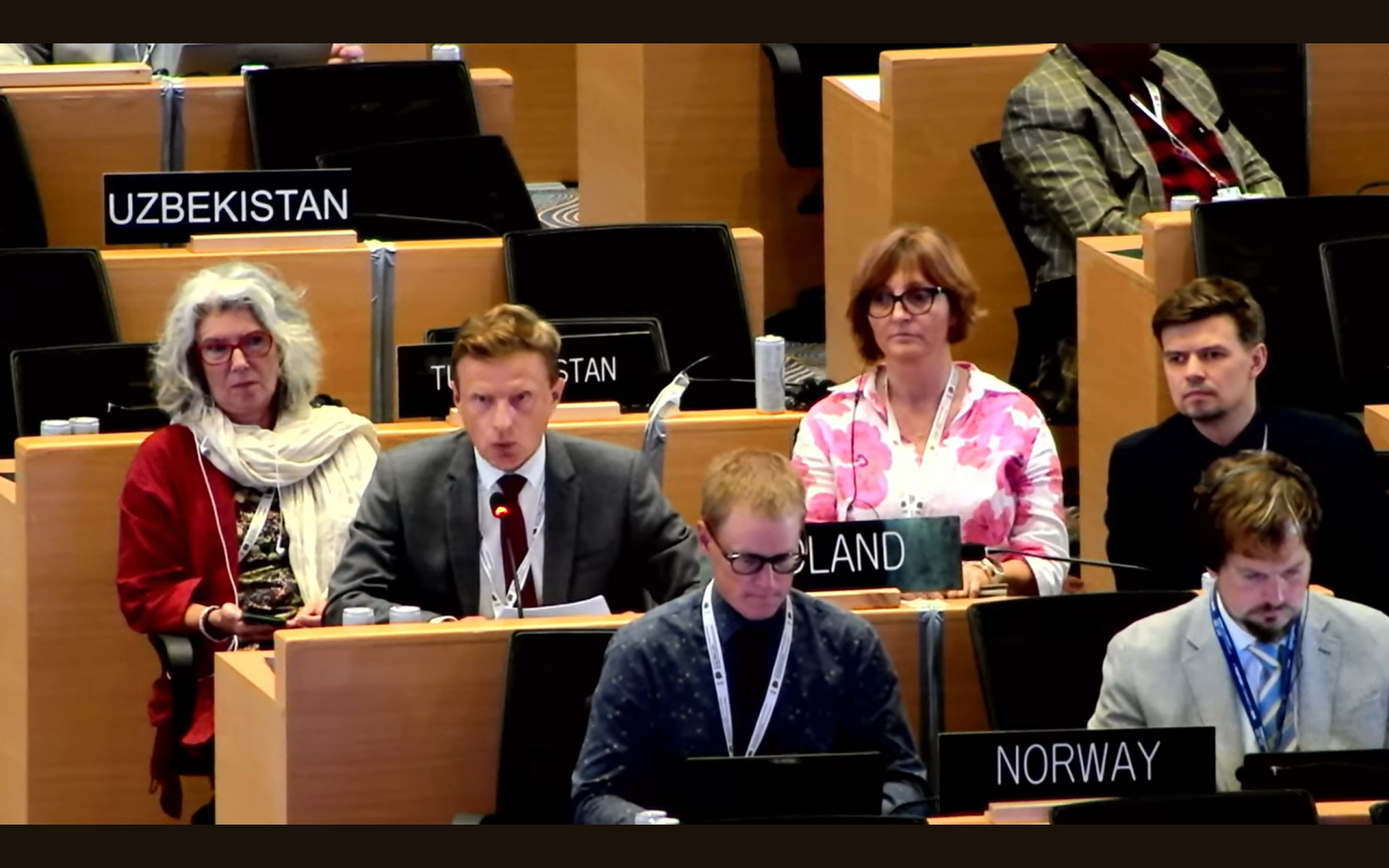
Energy boom in the Wadden Sea
The consequences of the war in Ukraine are also being felt in many other heritage sites. They can be seen today, for example, in the Wadden Sea, a series of tidal shallows off the coast of the Netherlands, Germany, and Denmark. A unique marine ecosystem situated on global bird migration routes, these shallows suffer both from rising sea levels due to climate change and from subsidence due to gas and oil pumping. While agreements to quickly phase out hydrocarbon production in areas adjacent to the UNESCO heritage site were reached by 2021, the war in Ukraine and the reduction in Russian carbon fuel imports have caused an energy crisis that has not only placed a question mark over these agreements, but also seriously accelerated the development of wind power in the same area (in accordance with the REpowerEU program).
Vast offshore and onshore wind farms now straddle the perimeter of the heritage site, posing a threat to migrating birds, while numerous undersea cables to link energy generation to consumers could cross the seabed in all directions. The three countries are working with UNESCO on a strategic environmental assessment and overall management plan to mitigate the impact of the region’s energy boom, a process fueled by war and geopolitical divisions.
Read more:
Does REPowerEU Reinforce or Contradict the Green Deal?
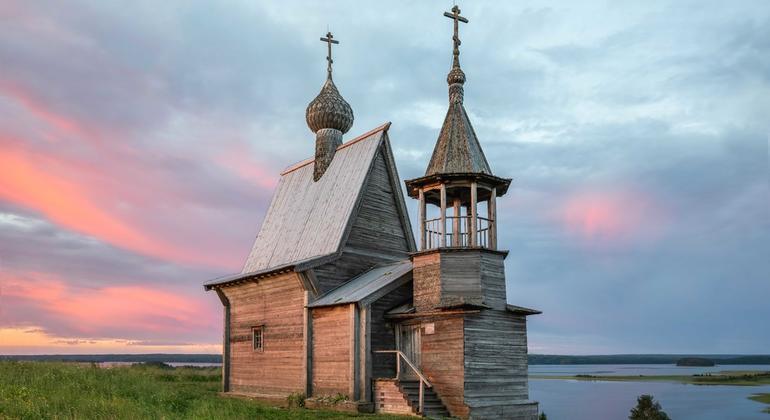
A question of ethics
The war in Ukraine continues to have a significant impact on World Heritage sites and complicates the work of UNESCO bodies as a whole. Every day and every hour, this war confronts those who have devoted their careers to the protection of Europe’s heritage with difficult moral dilemmas.
Russia’s Kenozero National Park, which was accepted into the World Heritage List at the last session, is a good example of this ethical conundrum. Certainly deserving of World Heritage status, Kenozero is a valuable cultural and natural site created by enthusiasts in northern Russia and it is now better protected from the vicissitudes of fate.
Nevertheless many participants in the session queried whether it is acceptable to accept new sites onto the UNESCO World Heritage List from a country that is itself destroying heritage sites in a neighboring country? The question remains an open one.
Translated by Alastair Gill
Main illustration source: EPA-ELTA

